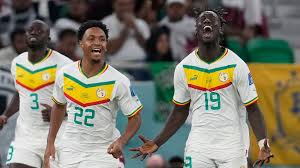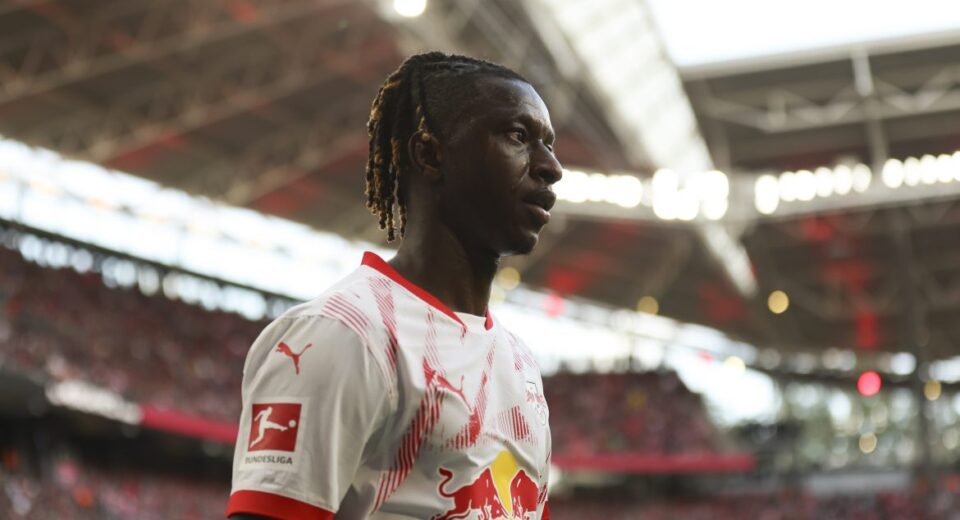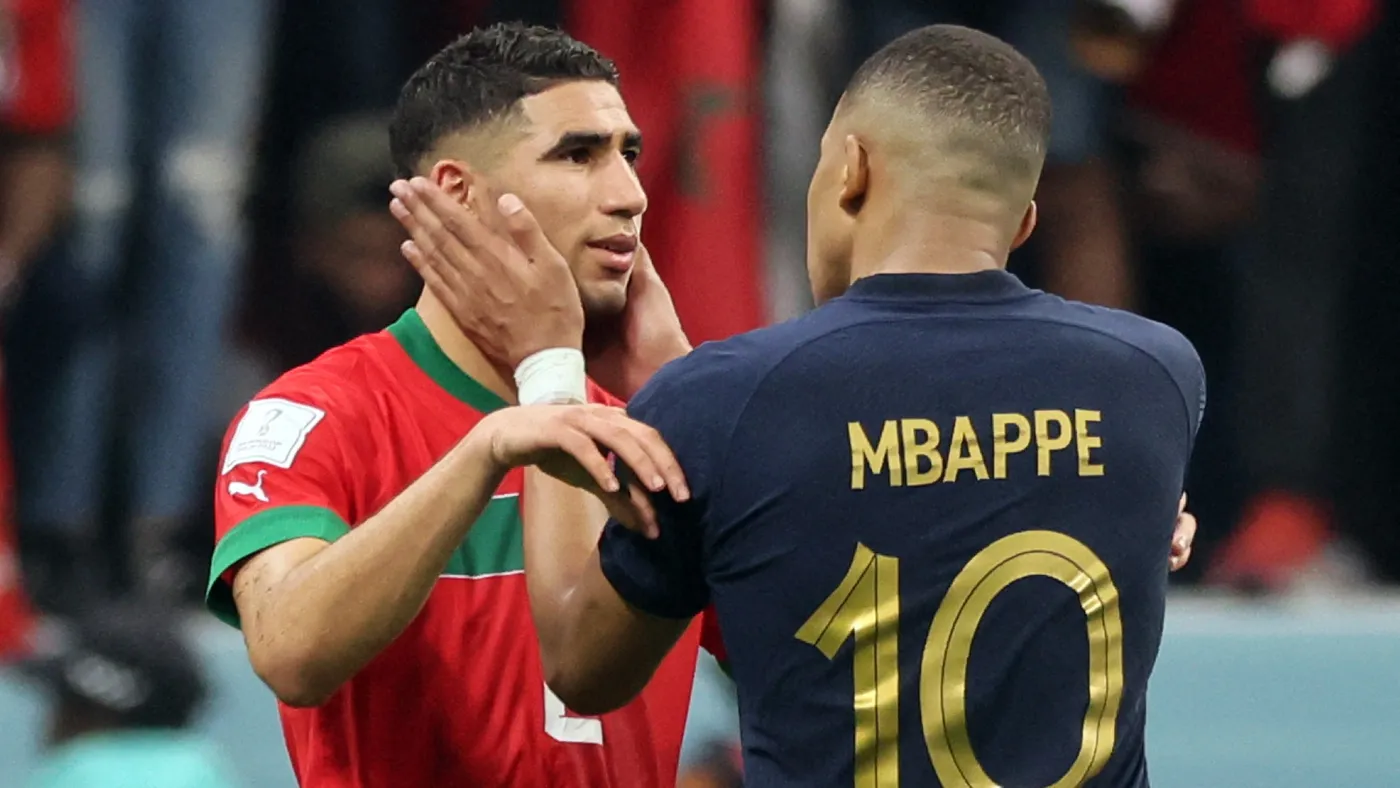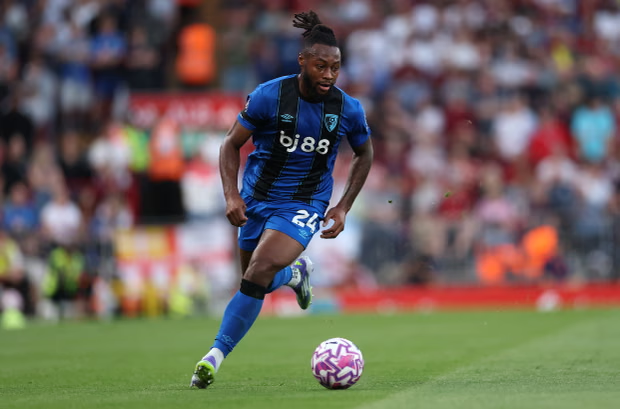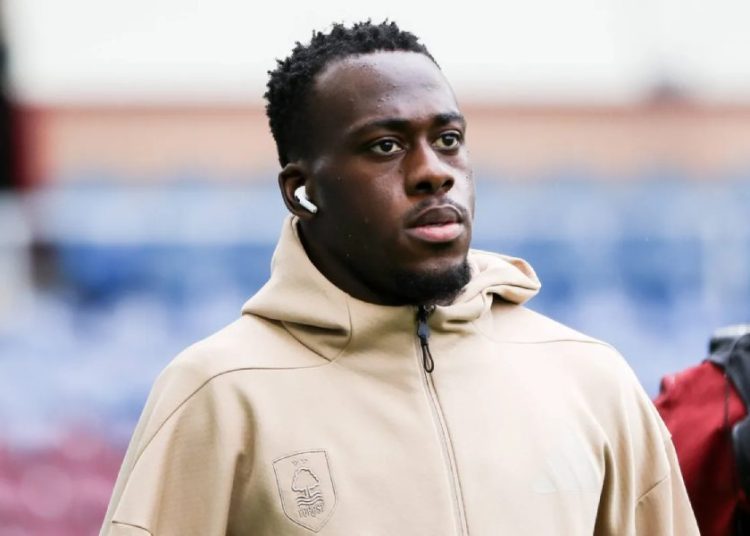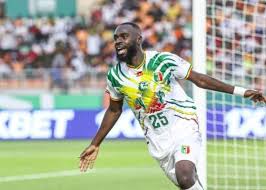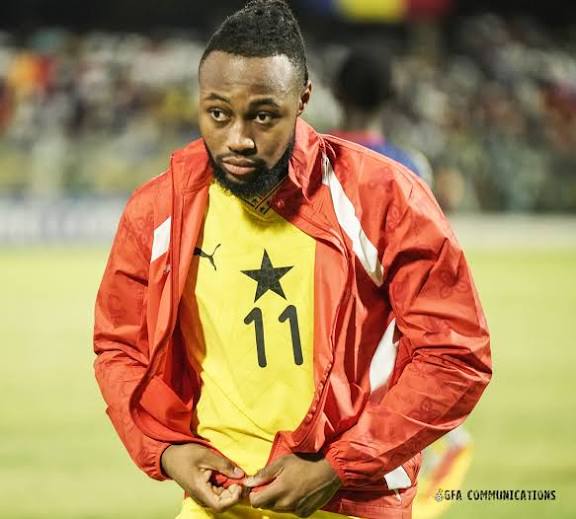The governance model of Senegalese football has drawn admiration across Africa, with experts highlighting its stability, long-term planning and competitive success.
But during a webinar on Monday, 11 August 2025, football stakeholders and analysts stressed that while Senegal’s achievements under former federation president Augustin Senghor are impressive, replicating them elsewhere may be far from straightforward.
For Saikou Seydi, the turning point came between 2008 and 2009, when a normalization committee set the stage for reform.
Senghor, who took the presidency shortly afterwards, guided the federation for 16 years.
The normalization committee… was a turning point. Its president, Augustin Senghor, then became president of the federation and led it for sixteen years with a masterly hand,” Seydi said, noting improved stability, stronger ties with government and financial independence.
Jacques Pekemsi agreed that the success is rooted in years of preparation.
Why is Senegal winning? Because there was work done beforehand. Togo, for example, should take inspiration from this,” he remarked. Abdel Abou Coulibaly described Senegalese football as “a model,” though he noted that Mali and Ivory Coast are still catching up.
Recent elections brought change, with Abdoulaye Fall — a public treasury official and owner of second-division club AS Bambé — elected president.
Moustapha Sadio described his victory as a surprise, pointing to his influence in regional leagues as decisive.
Abdel Abou admitted he expected a different outcome, but believes Fall can lead effectively, while Pekemsi welcomed the alternation as a healthy shift.
Debate over widening the electorate saw Sadio caution against it, citing complexity, while Pekemsi argued for ensuring existing voters are truly representative and informed.
The panel offered a mixed assessment of Senghor’s era: stability, trophies and effective recruitment of dual nationals contrasted with weaknesses in financial transparency, communication and marketing. “We can’t sell our team,” Seydi admitted.
Despite the national team’s continental dominance, Senegalese clubs have struggled in CAF competitions.
Factors include player exodus, limited resources, and weak management structures.
Training centres and clubs aim above all to sell their players, Pekemsi said, lamenting the lack of competitive squads.
Fall’s recent visit to Morocco, a leader in infrastructure and professionalisation, is seen as a bid to replicate some of its methods.
Seydi suggested the trip reflects a desire to modernise leagues and training systems.
Togo, still running an amateur championship, could benefit from adopting elements of Senegal’s structured model, Pekemsi argued, stressing the need for sponsors, professional administration and fan engagement.
Communication emerged as Senegal’s persistent shortcoming.
When it comes to communication and attracting sponsors, we’re a long way off, Sadio said, urging stronger marketing and media presence.
The consensus among speakers was clear: Senegal’s governance is admirable and inspirational, but not easily duplicated.
Sustaining its success will require addressing structural weaknesses while protecting the long-term vision that made its rise possible.


